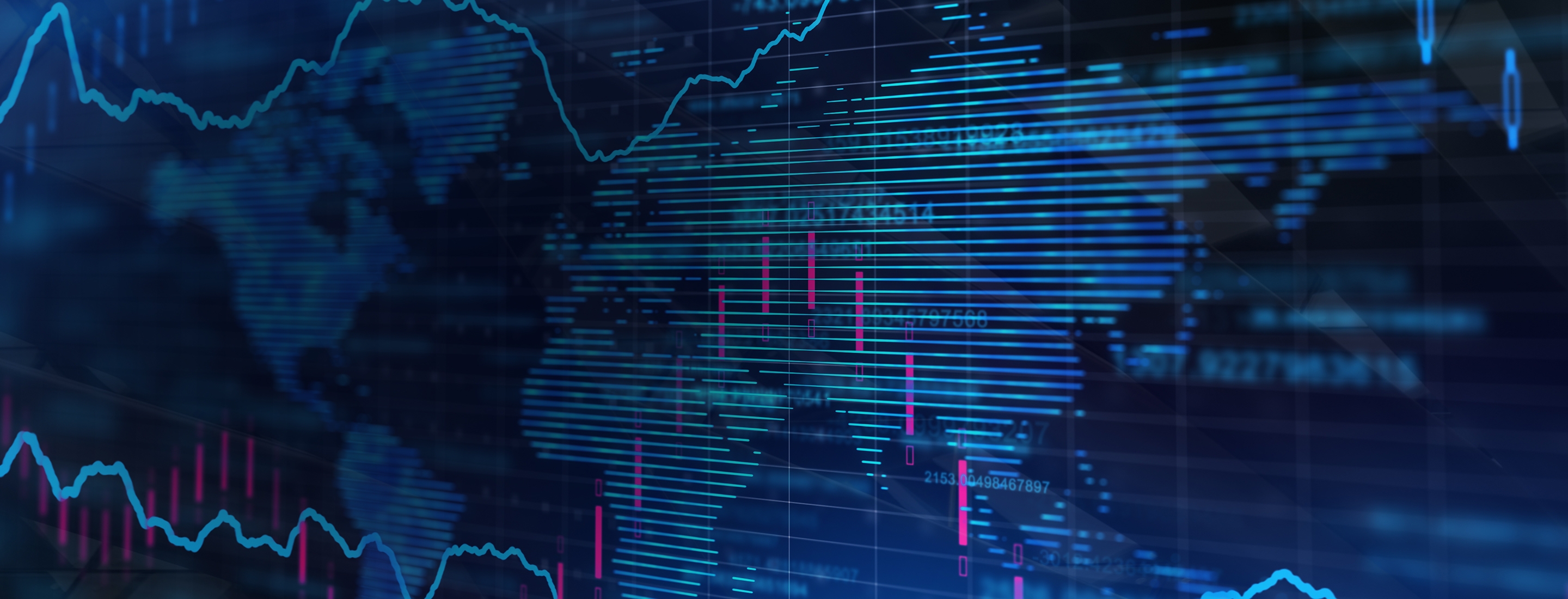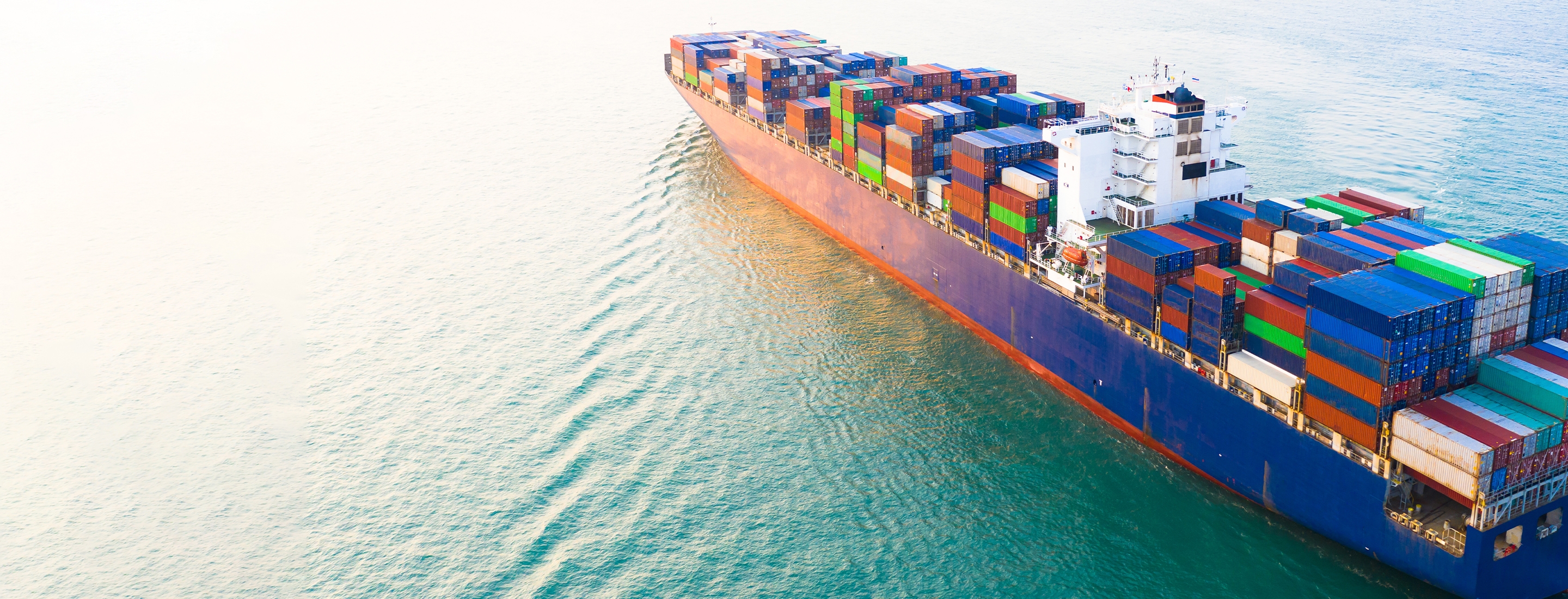
Article
Duty deferral program opportunities across the globe
Explore duty optimization programs to cut costs and enhance global trade
Global trade often focuses on free trade agreements (FTAs), which eliminate tariffs and create favorable conditions for international business. However, FTAs are just one way multinational corporations can optimize duty spend.
Companies can also leverage duty deferral programs globally — such as U.S. foreign-trade zones, Industria Manufacturera, Maquiladora y de Servicios de Exportación (IMMEX) in Mexico, European Union customs regimes, and China processing trade regimes — to minimize costs and streamline customs processes.
Let’s take a look at how duty deferral programs can revolutionize your trade strategy, from cost savings to operational efficiencies.
Duty deferral program in the United States: Foreign-trade zones
In the United States, foreign-trade zones (FTZs) are secure areas under U.S. Customs supervision where businesses can import or export goods without undergoing normal customs procedures. These zones boost global competitiveness by reducing costs and incentivizing domestic operations.
Instituted by the Foreign Trade Zones Act of 1934, FTZs are often warehouses or industrial parks located near established trade routes, such as ports of entry, international airports, and state borders. Multiple companies can use an FTZ at the same time, but individual companies can also apply for a “subzone” designation. Doing so allows them to make exclusive use of a specific area to, let’s say, build a manufacturing plant or conduct proprietary product testing.
In addition to making U.S. companies more globally competitive, foreign-trade zones provide fewer incentives for companies to move operations overseas and give U.S. companies greater access to global markets. At the local level, they also offer well-paying jobs and give local communities a tool for attracting foreign investment.
How do foreign-trade zones work?
Almost any legal merchandise, including parts and raw materials, can be funneled through an FTZ, unless prohibited by law. Within an FTZ, companies can do almost anything with those products and materials except sell them — retail trade within an FTZ is not permitted.
That said, the range of allowable activities in a foreign-trade zone is extremely broad. For example, merchandise and materials in a foreign-trade zone can be:
- Repackaged
- Stored, such as in a warehouse
- Destroyed
- Tested
- Salvaged
- Mixed
- Sampled
- Processed
- Graded
- Relabeled
With special permission, companies can also exhibit, manufacture, assemble, or manipulate goods prior to exporting them.
For companies, the main benefits of using FTZs are cost savings from duty exemptions and relief from various customs processing and brokerage fees. But there are other benefits as well, including:
- Lower security and insurance costs
- Streamlined supply chain operations and logistics
- No time constraints on storage
- Improved inventory control
- Better border compliance
- Fewer penalties and supply disruptions
- Relief from property and inventory taxes
- Inverted tariffs, like when the tax on a finished product is less than the tax on its individual parts
The duty savings from an FTZ can add up to millions in the span of a year. Read our free e-book on building the business for foreign-trade zones to learn more.
As of 2024, there are 195 FTZs across the United States. These zones collectively include over 400 subzones. FTZs are distributed throughout the country, providing opportunities for businesses to import, export, and manufacture goods with certain duty advantages. There are hundreds of similar duty deferral programs operating in countries around the world. FTZs are the United States’ version of what are known internationally as free trade zones. However, different countries have different rules based on what authorities have determined is the most beneficial arrangement for companies in those countries.
Duty deferral program in the European Union: Customs regimes and special procedures
According to the European Commission, global trade in the European Union (EU) is governed by the Union Customs Code (UCC), which aims to facilitate simplicity, service, and speed. The EU’s system differs from the U.S. in that trade is addressed under the banner of special procedures, which covers four basic categories:
- Storage – serves in delaying customs duties and VAT until goods are used
- Specific use – for importing goods for specific end-use applications like repairs
- Processing – to manufacture goods under inward or outward processing rules to reduce duties
- Transit – allows for moving goods duty-free across EU borders temporarily
Companies can also leverage EU free zones for duty-free storage and operations. Success depends on accurate documentation to navigate complex procedures.
The EU also has specific rules about the processing of goods. For example, the rules for inward processing apply to non-Union goods brought into the EU for manufacturing purposes. If the resulting goods are sold in the EU, they receive a preferential duty rate.
The EU’s outward processing designation is for EU goods temporarily exported outside the EU for manufacturing. Again, import duties are reduced or eliminated if the resulting goods are sold in the EU.
In addition, customs authorities can now authorize the use of equivalent goods for all special procedures, streamlining operations and reducing administrative burdens. Before approving certain special procedures, authorities must ensure that these do not negatively affect EU producers, which may involve reviews at the Union level.
Duty deferral program in Mexico: IMMEX ‘maquiladora’ program
In Mexico, duty-free import and export activity is managed under the IMMEX maquiladora program. A maquiladora is a foreign-owned company operating in Mexico that exports its products to other countries. Under the IMMEX program, foreign businesses of all kinds have the opportunity to pay little or no duty on imported goods, parts, and raw materials, provided the resulting products are exported within a time frame determined by the Mexican government.
The IMMEX program is unique in that it allows companies from anywhere in the world to take advantage of its benefits, essentially turning the entire globe into a giant warehouse for manufacturers operating in Mexico. In addition, IMMEX has extended its benefits to a wider range of industries, including automotive, electronics, textiles, and services, facilitating more flexible operations for global participants.
The money that companies can save through the IMMEX program is significant. For example, Mexico’s value-added tax (IVA) is 16% for most products, which companies operating under IMMEX do not have to pay. Other duties excused under IMMEX include a special IEPS tax on products and services, a general import tax (IGI), and various compensatory fees.
IMMEX companies fall into five classifications — parent company, industrial, services, storage, and outsourcing — and their activity is categorized into three types of imports:
- Elaboration. This is when the imported item will be part of another product without changing its essential characteristics, such as when a processing chip is imported to be part of a computer.
- Transformation. This occurs when the imported item undergoes a change and the change isn’t just physical, such as chemicals that are combined to make a medicine.
- Repair. This encompasses using the imported item to replace a broken part, such as an airline manufacturer that imports a new part to repair an airplane.
Mexican authorities offer companies two ways to participate in the IMMEX program. One is to pay a fee for a guarantee that temporarily allows a company to import goods duty-free. If the value of the resulting exported products exceeds the amount of the guarantee, the guaranteed money can be recovered, much like a deposit.
The more common route is through certification. IMMEX companies can register under categories like industrial, services, shelter, virtual, and subcontracting. Certification levels (A, AA, AAA) and new programs such as the Authorized Economic Operator (AEO) and PROSEC program expedite customs procedures and offer further tax incentives for businesses operating under IMMEX.
Companies seeking import certification in Mexico should be advised that Mexican authorities require them to file regular annual reports that divulge the details of their operation with absolute transparency. Those same authorities can also audit a company at any time, so imports, production orders, inventory transactions, and exports must be accurately tracked and provable at any given time. Organization and discipline are essential. Foreign companies operating in Mexico must be able to run reports — more or less instantaneously — whenever requested, and to keep current with a broad range of continuously changing regulations.
Duty deferral program in China: Processing trade regimes
China’s duty deferral program is known as the processing trade regime (PTR). It is designed to facilitate international trade by offering companies the ability to defer customs duties on imports until the goods are further processed or re-exported.
China allows eligible enterprises to delay the payment of import duties and taxes on certain goods under specific conditions. The program primarily benefits industries involved in manufacturing, assembly, and re-exporting, as it reduces upfront costs and enhances cash flow.
Recent updates and reforms to China's PTR policies include:
- Expansion of trade supervision methods. China has introduced 16 reform measures aimed at simplifying and improving the oversight of processing trade. These measures include broader applications of processing trade supervision methods and updated bonded policies to stabilize supply chains and attract foreign investment. These changes may affect the procedural or operational aspects for PTR-approved companies.
- Significant contribution to trade. As of late 2023, processing trade remains a major component of China's foreign trade, accounting for approximately 18.1% of the total trade volume between January and September 2023. This update underscores the economic importance of PTR and could provide more strategic insights into why the regime is pivotal.
- Automation and compliance improvements. Companies are increasingly using automated systems to manage inventory and prepare for stricter compliance checks under the PTR. Such technological advancements align with China's wider focus on digital transformation in trade practices.
Take advantage of duty deferral programs around the world with global trade management software
Duty deferral programs offer substantial cost savings and operational benefits worldwide. Businesses from the U.S. to the EU, Mexico, and China can reduce duties, streamline supply chains, and ensure compliance with local regulations.
No matter how they are managed, duty deferral programs around the world offer companies a way to reduce or eliminate customs duties and contain import and export costs. The common denominator in every country is that companies must keep meticulous records of their activities or risk disruptions and penalties from local customs officials.
The universal need for accuracy and transparency is why most large companies are switching to automated customs duty management software such as Thomson Reuters ONESOURCE Global Duty Optimization, which provides all the tools necessary to remain tax compliant in any part of the world.

Learn more about ONESOURCE global trade management software and customs solutions
Simplify your entire global trade management process with trade compliance information and facilitation tools that automate routine tasks, give you compliance confidence, and save time